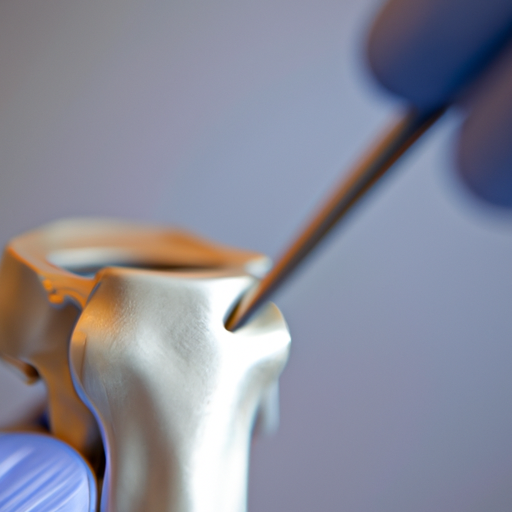What is a Plica Excision: A Comprehensive Guide to Understanding the Procedure
Plica excision is a surgical procedure performed to treat a condition called plica syndrome. In this comprehensive guide, we will delve into the details of what a plica excision entails and how it can help alleviate symptoms associated with this condition.
Understanding Plica Syndrome
Plica syndrome occurs when the plica, a fold of tissue in the knee joint, becomes irritated or inflamed. The plica is a remnant of fetal development and is usually harmless. However, repetitive knee movements or trauma can lead to its inflammation, causing pain, swelling, and discomfort.
When is Plica Excision Recommended?
Plica excision is typically recommended when conservative treatments, such as rest, physical therapy, and anti-inflammatory medications, fail to provide relief. The procedure aims to remove the inflamed plica, thereby reducing pain and improving knee function.
The Plica Excision Procedure
During a plica excision, the patient is placed under general anesthesia. The surgeon makes small incisions around the knee joint to access the plica. Specialized instruments are then used to carefully remove the inflamed tissue. The incisions are closed with sutures, and a sterile dressing is applied.
Recovery and Rehabilitation
After the procedure, patients may experience some pain and swelling, which can be managed with pain medications and ice packs. Physical therapy is an essential part of the recovery process and helps restore strength and flexibility to the knee joint. Most individuals can resume their normal activities within a few weeks, although the full recovery period may vary.
Possible Risks and Complications
As with any surgical procedure, plica excision carries some risks. These may include infection, bleeding, blood clots, and damage to surrounding structures. However, serious complications are rare, and the procedure is generally considered safe and effective.
Conclusion
Plica excision is a surgical procedure used to treat plica syndrome, a condition characterized by the inflammation of the plica in the knee joint. By removing the inflamed tissue, this procedure aims to alleviate pain and improve knee function. If conservative treatments have not provided relief, plica excision may be recommended. As with any surgical procedure, it is important to discuss the risks and benefits with a qualified healthcare professional.




